The fall of the bastion of the German spirit
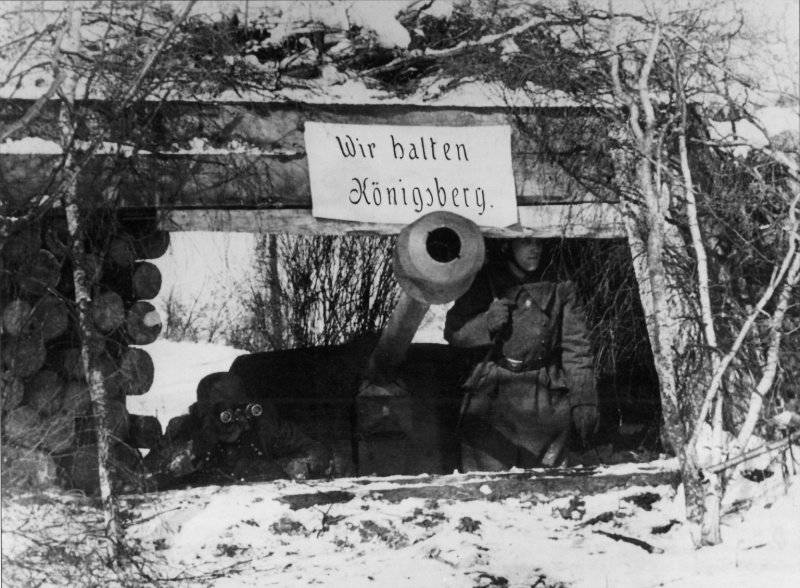
Stage 1
Soviet troops approached East Prussia at the end of August 1944. The troops were exhausted, and since one of the most fortified provinces of Germany lay ahead, the command decided not to continue the offensive. At this time, the Germans began to actively prepare for defense. Various barriers, minefields, flood zones, trenches, pillboxes and anti-tank racks called “dragon's teeth” were built. In Konigsberg there were whole underground factories, warehouses and arsenals. Three defensive positions were prepared. The first ring, six to eight kilometers from the city center, included fifteen forts with artillery pieces, connected by trenches with anti-tank ditches, minefields, and wire barriers. Each fort was a fortress with a garrison of three hundred men. Along the edges of the city was the second position, relying on stone buildings, reinforced concrete firing points, hastily erected barricades. The third line of defense in the central part of the city included the old fortress and buildings around it. The basements of most of the houses were tied up with underground passages, and the windows were converted to embrasures.
Stage 2
From 25 to 27 in January, the Red Army traveled 50 kilometers from the Tapiau area to the village of Louth, the western edge of Königsberg. And in the south of the city 11 Guards army stopped on the shores of Frisches Haff Bay. This made it possible to cut off the fortress from the field troops of the fourth German army and cut off the main supply routes. Koenigsberg could repeat the fate of Leningrad. Therefore, on January 27, tens of thousands of civilians rushed away from the city. Despite the bitter cold, they went to the port of Pillau to try to escape from there on ships. But by January 30 all roads were blocked.
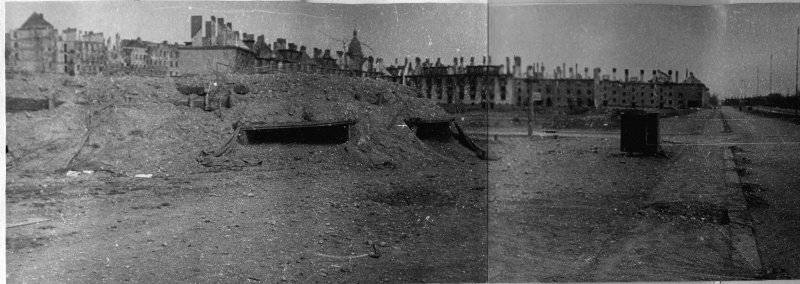
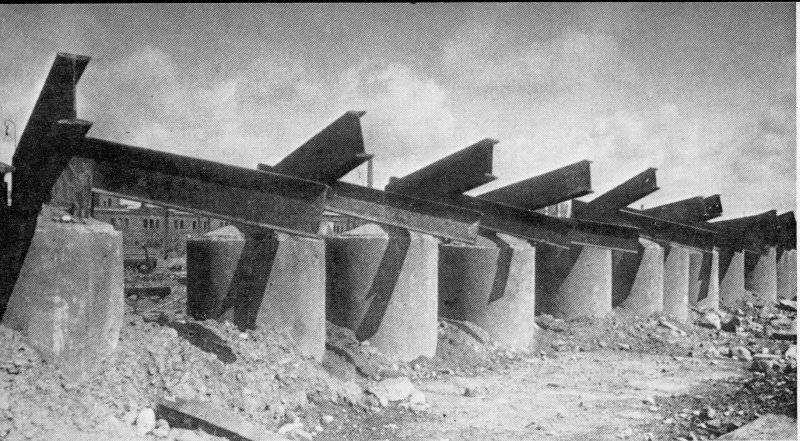
Stage 3
By early February, Konigsberg was surrounded. However, from the south along the edge of the coast, German tank the division was able to break through a narrow passage, a peculiar version of the "road of life." Every day, Russian troops attacked the wagons going to Koenigsberg.
Stage 4
Perhaps the Germans in Königsberg would not be touched until the end of the war. Forces were needed on other fronts. But on February 18, the forces of the Zemland group and the garrison of Kenisberg decided to make a breakthrough. It was a completely meaningless operation, because even when united, both groups still remained surrounded. The action failed, and again it was time to calm. But now the Soviets were preparing an assault. More than a dozen sabotage groups were sent to enemy territory, of which almost no one survived. Among the agents there were also German defectors. The saboteurs delivered information about the fortifications of Königsberg. Later, a huge model of the city was made, with an area of over 30 square meters with all the houses, streets and fortifications. According to him, the commanders worked out the plan of assault on the fortress.
It was decided to strike at Konigsberg at the same time from the north and south. Also needed was a chilling blow to the Zemland group of fascists and the city of Pillau. The operation was headed by Marshal A.M. Vasilevsky. The air force was personally led by A.A. Novikov - Chief Marshal of Aviation. At the head of the German troops was the commandant of the city, a descendant of the Germanized nobles of Upper Silesia, the infantry general Otto von Lyash. His garrison consisted of four infantry divisions, several guard regiments and battalions of the Volkssturm. Just a little over 130 thousands of people, four thousand guns and mortars, about a hundred tanks and assault guns, 170 aircraft. For the offensive, Russian troops attracted over 5 thousands of guns and mortars, 413 SAU, 125 tanks. By aircraft the advantage was overwhelming - 2400 pieces. Especially for the attack of fortifications, assault groups and detachments were formed, consisting of shooters and machine-gunners, small-caliber artillery guns, a pair of tanks or self-propelled guns, mortar gunners, sappers and flamethrowers. Carefully prepared for the upcoming Baltic Fleet operation. The armored cars were delivered by rail to the River Pregel. Submarines and torpedo boats were supposed to isolate the Koenigsberg garrison, preventing its evacuation by sea. The engineering troops were instructed to create passages for tanks, artillery and other equipment, demine the streets of the city and build ferries across the Pregel and other numerous channels.
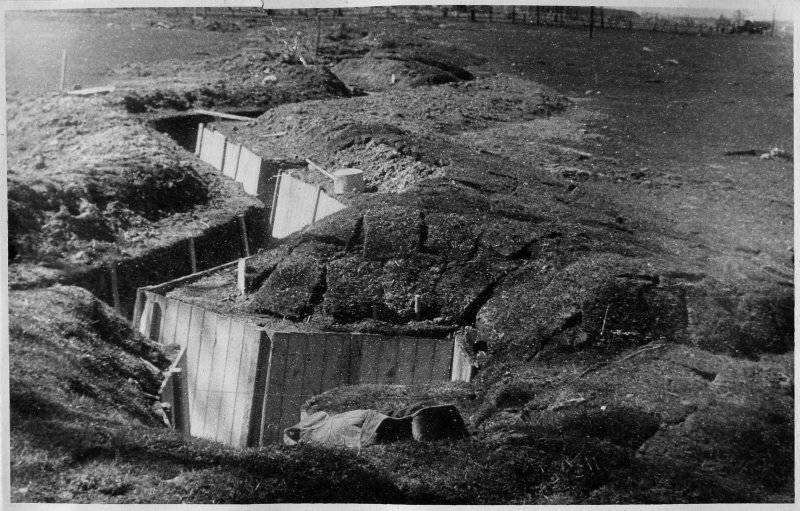
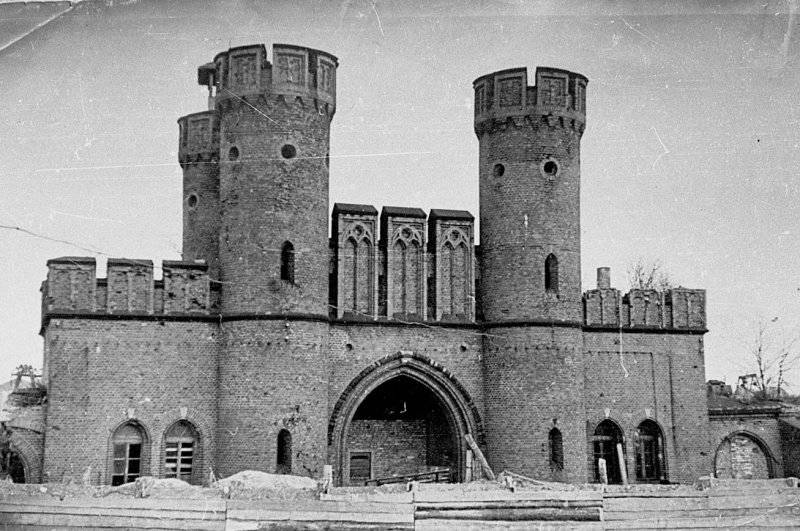
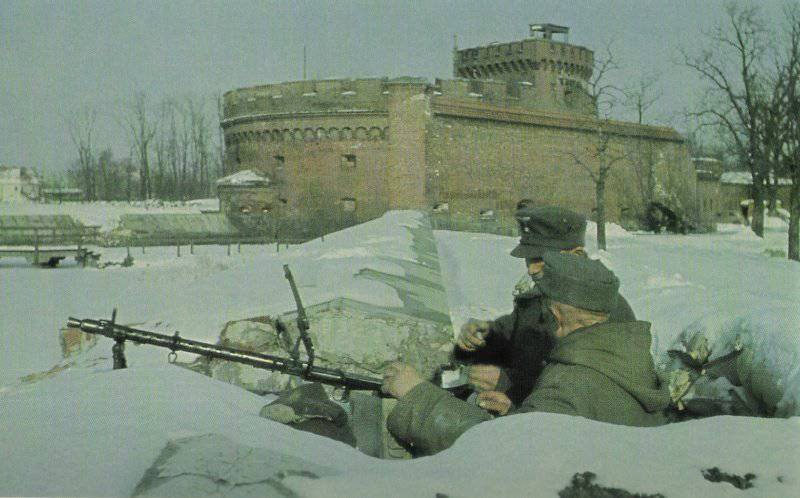
Stage 5
The Soviet command learned a lesson from the bloody breakthrough of the Mannerheim line, and also, obviously, watched the Americans, who absolutely everything ahead were turned into dust before they began to move. Therefore, the assault on Koenigsberg was preceded by a four-day destruction of enemy installations.
6 April 1945, after three hours of artillery fire, an assault with infantry and tanks began. Heavy artillery focused on forts located in the directions of attack. That morning, more than 1300 artillery carriages were fired at the enemy. The main Russian forces avoided the forts. They were engaged in infantry battalions with the support of self-propelled guns and sappers who used explosives. German troops had stubborn resistance. The German fifth tank division went to the counterattack with the support of separate infantry and anti-tank formations. Weather conditions made it impossible to take part in the battle on that day of aviation, nevertheless in the evening the Soviet troops broke through the first lane of fortifications and approached the outskirts of Koenigsberg.
7 April fierce fighting moved into the city itself. Russian persistently made their way to the center. These fights were one of the worst for the entire Great Patriotic War. The Germans fought no longer for the Fuhrer, but for their hometown, for close people.
During 8 on April, the troops of Königsberg’s defenders were divided into parts and surrounded, and there was no connection between them. The blows of the Soviet pilots reached their maximum strength, exceeding 2000 tons of bombs of different caliber.
On April 9, the German forces continued to hold the center and eastern districts of the city.
On April 10, the last pockets of resistance were destroyed, and the Victory Banner was hoisted onto the tower of Der Don. 93 was captured thousands of German soldiers and officers, about 40 thousands killed. More than two thousand guns, 1500 mortars and 128 airplanes fell into the hands of the winners. Expensive price cost storming Koenigsberg and for the Soviet troops. Losses amounted to about 60 thousands of people killed and wounded. Great damage the Soviet army suffered in engineering.
So in three days of assault, the strongest fortress of Germany fell. But the Germans were experienced, battle-hardened officers, energetic and obedient soldiers. However, in a fierce duel in the ruins of the city, when there was no one to receive orders from, when everyone was his own master, the German soldier was much inferior to the Russian. And it largely depends on our national character. The Germans could not beat us in Stalingrad, although the Volga was a hundred meters. They could not for a long time defend any of their fortress or big city. Danzig, Poznan, Kohlberg - proof of this. These cities fell in fierce but short battles.
As a result of the operation, the ridge of the resistance of the Germans in East Prussia was broken. The Zemland faction was defeated on April 25. Hitler was furious. After all, Koenigsberg was the favorite city of the Great Frederick, before whom the Führer was in awe and adored.
Upon completion of the operation, a grandiose salute took place in Moscow. All participants in the battle were awarded the medal "For the capture of Koenigsberg", 98 military units received the title "Koenigsberg", and 216 fighters were awarded the title Hero of the Soviet Union.
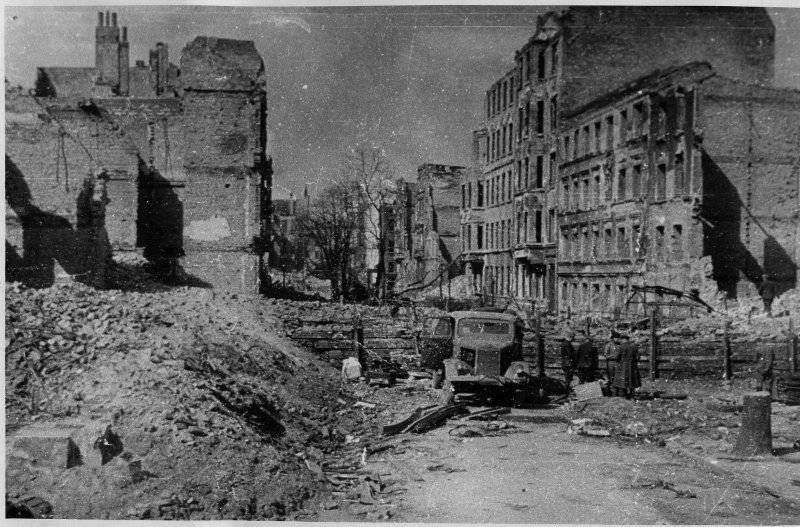
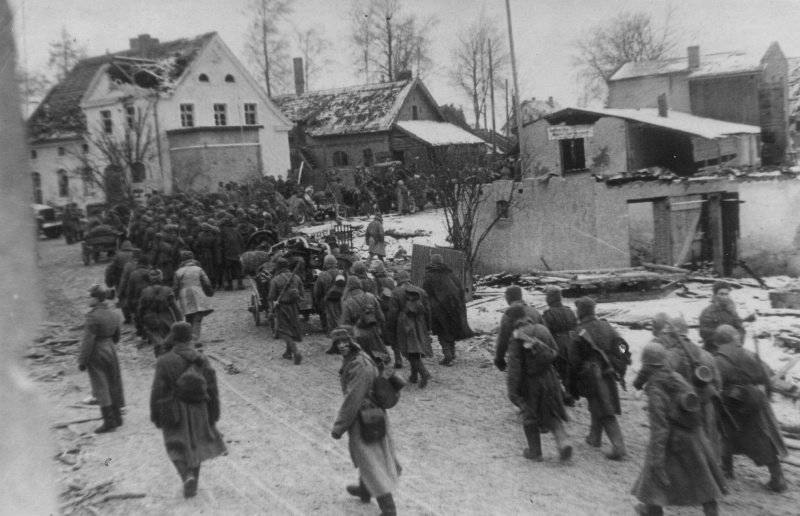
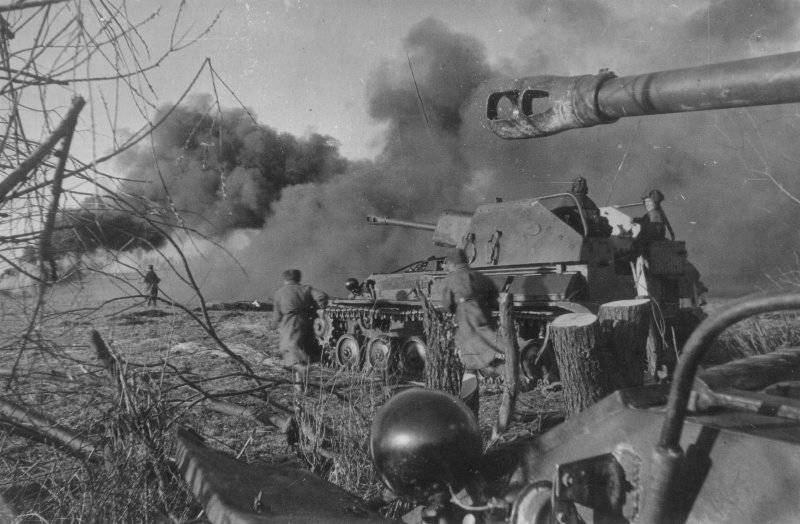
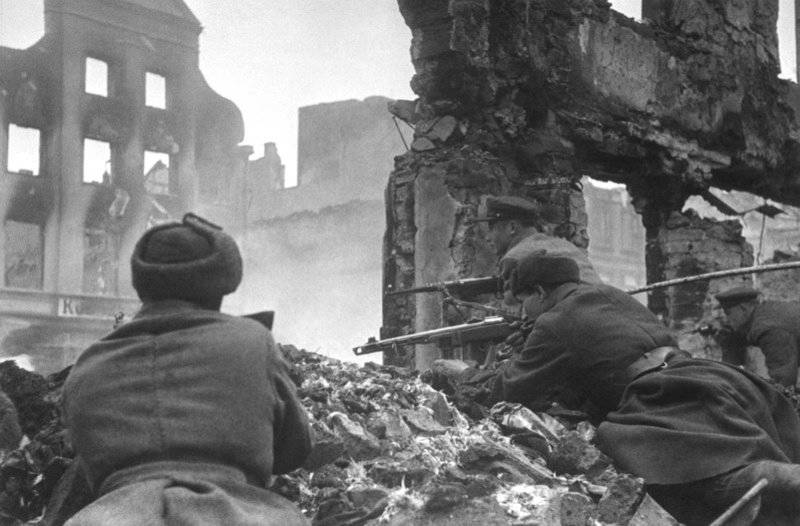
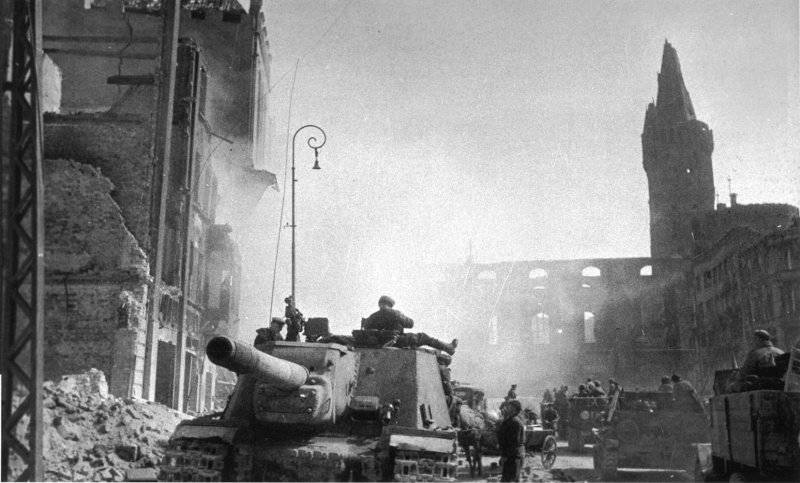
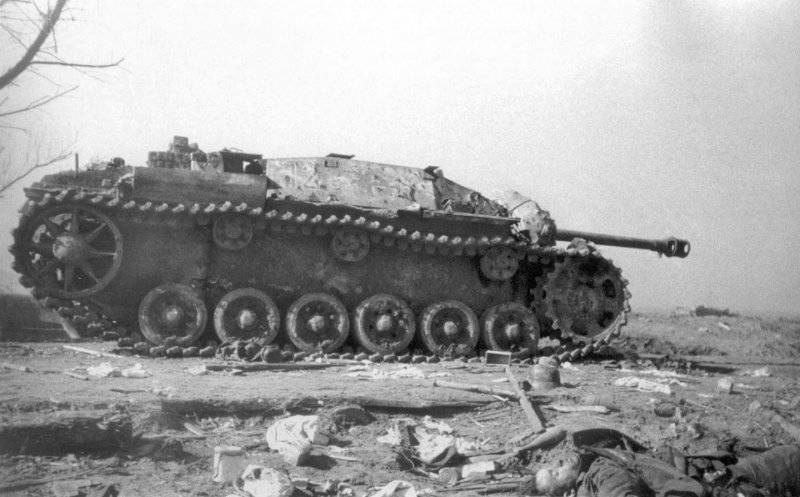
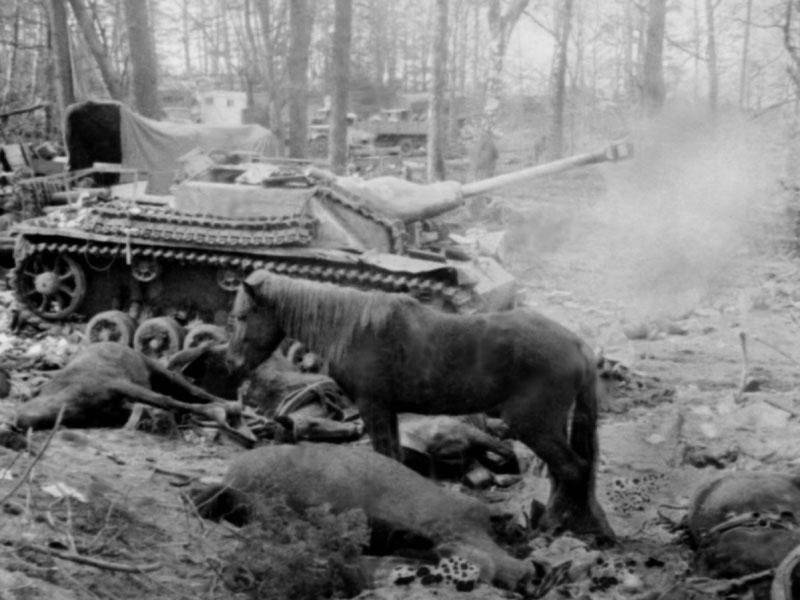
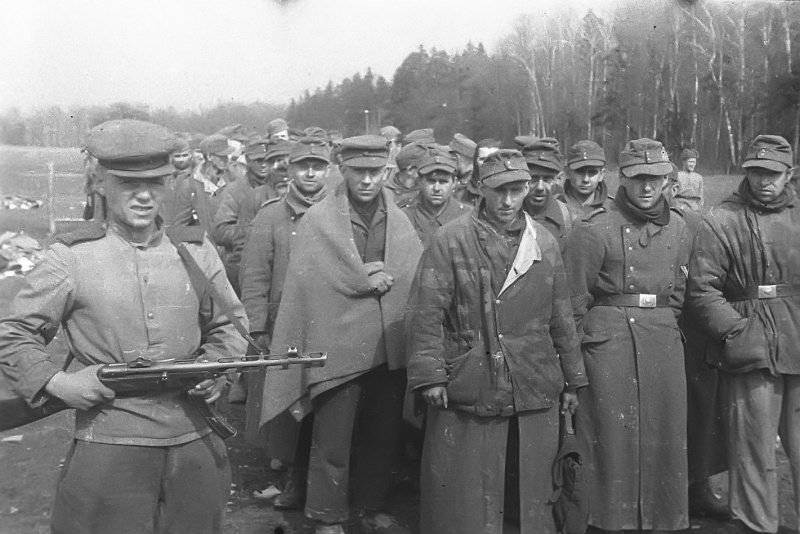
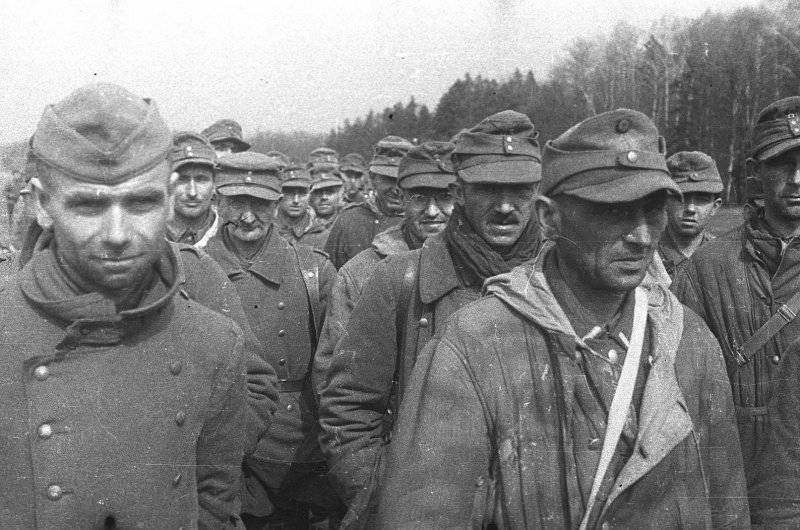
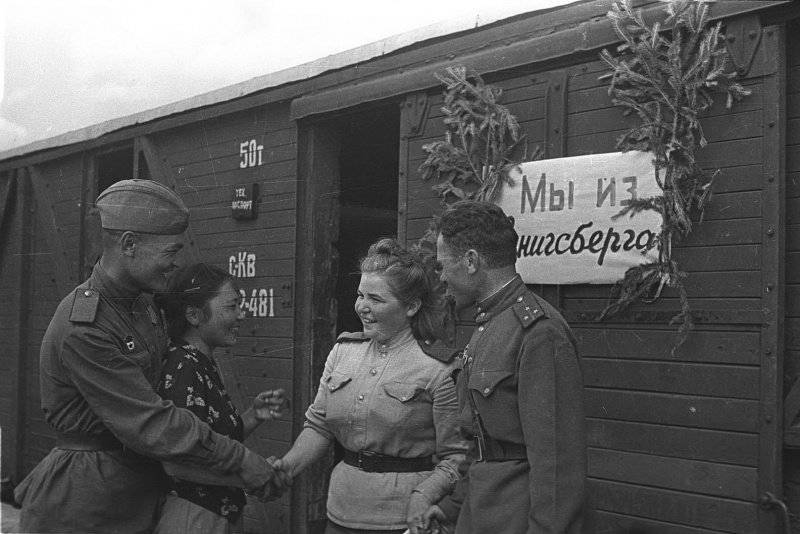
Director: Fuad Shabanov
It was already spring 1945 of the year, the Soviet troops went farther and farther to the west, but still remained unconquered, the Nazi-occupied city of Königsberg (now Kaliningrad) in East Prussia. This irritated Stalin's Headquarters, and an order was given at any cost to take possession of this impregnable city. The documentary “Operation Bastion”, revealing classified archival materials, will show in all colors and with eyewitness accounts how the Koenigsberg operation actually went about what military historians were silent about what was curious about. You will see the entire strategic alignment before the assault, the number of units involved in the operation, units of heavy equipment and artillery. As always, a special role in the preparation and implementation of this assault was assigned to the Soviet special services, which will also be described in detail in this film from the Lubyanka cycle.
In this film, we will focus on the impregnable fortress. It was located in the capital of East Prussia, Koenigsberg (now Kaliningrad). And before the war, no one could take it either by storm or starvation, but the Nazis made a completely new level of fortress out of it. They strengthened it and rebuilt it so that it was possible to approach or seize it only in dreams or in a dream. And so, at the end of the Great Patriotic War, the Soviet leadership gave the command to storm this fortress. Soldiers sent to certain death ...
Information